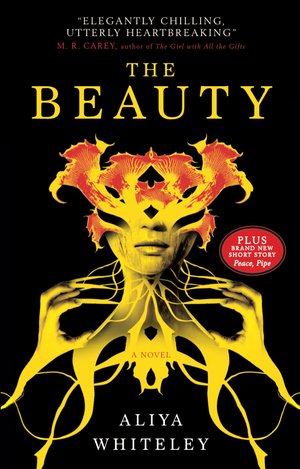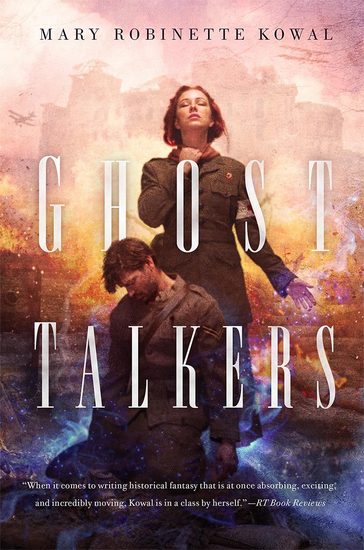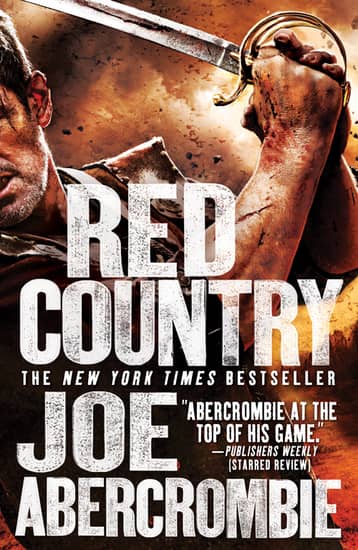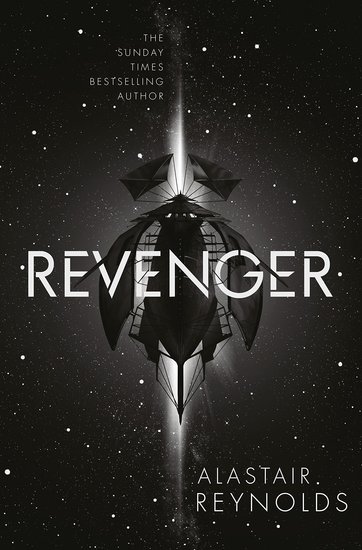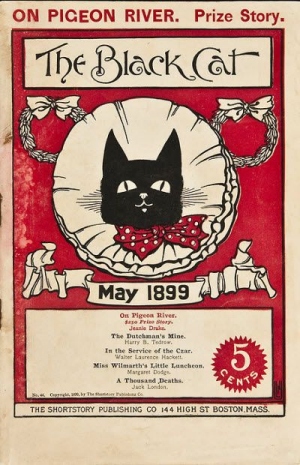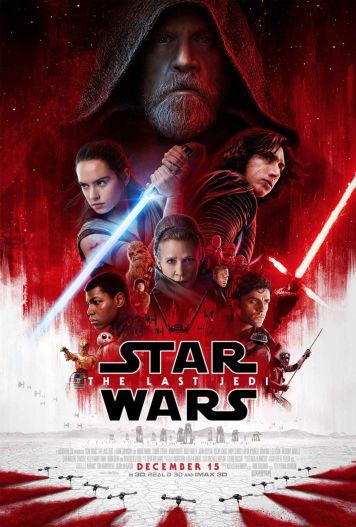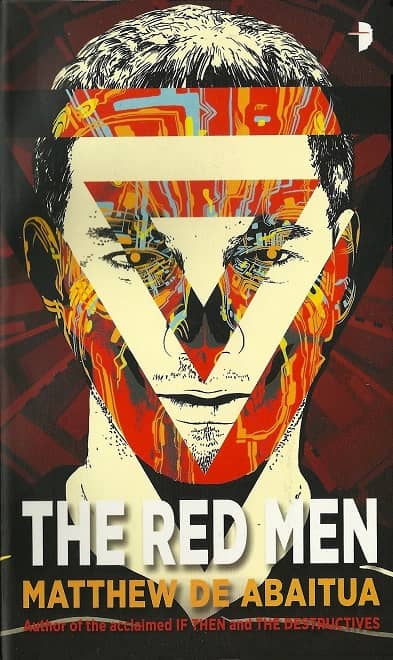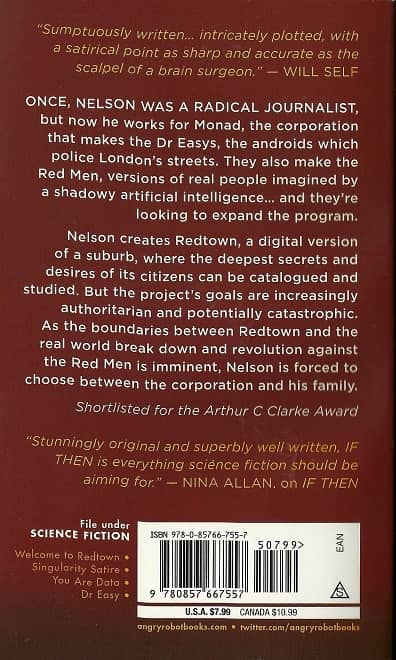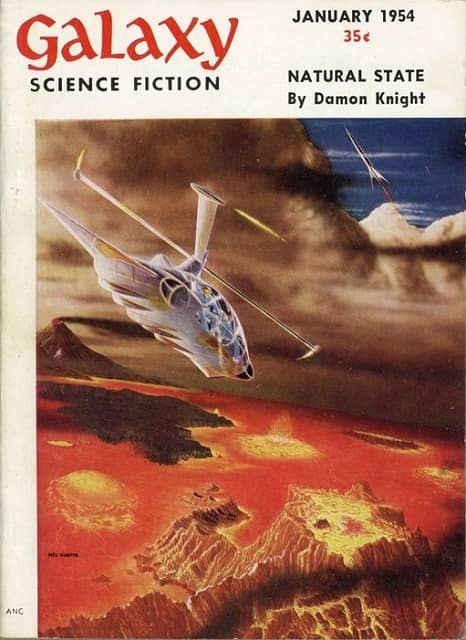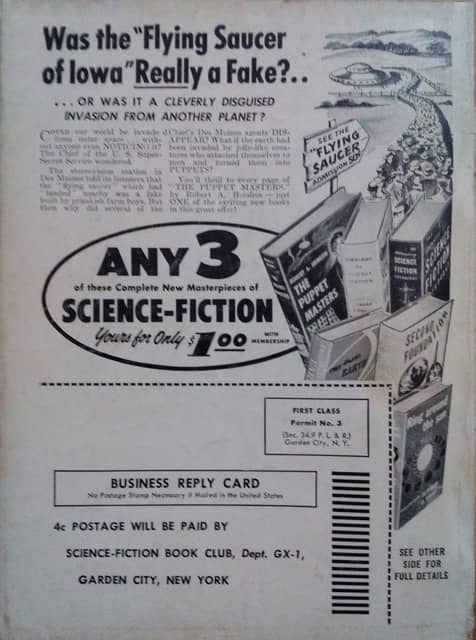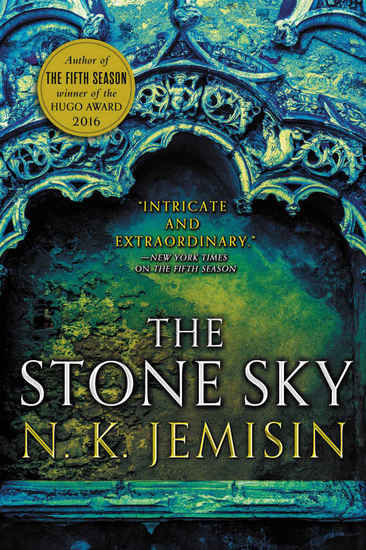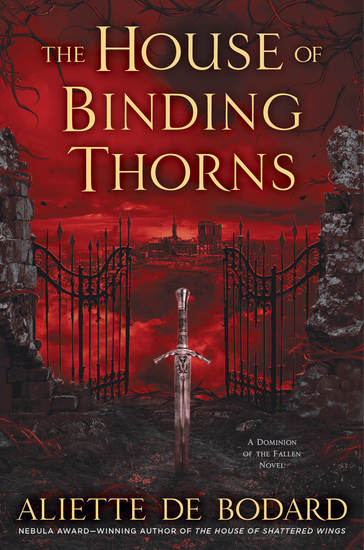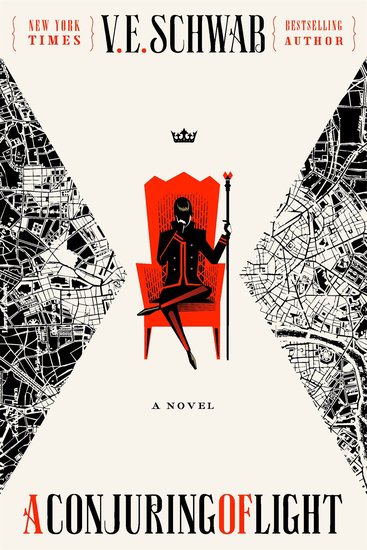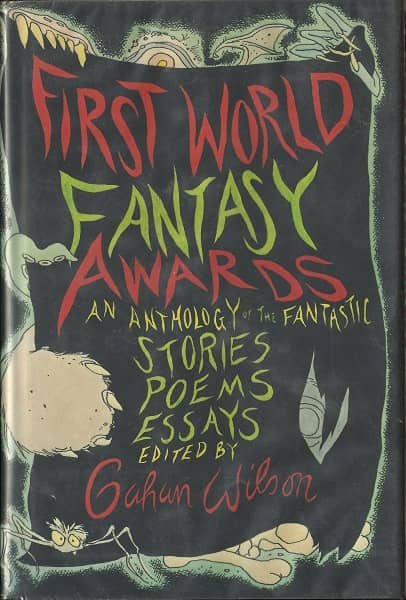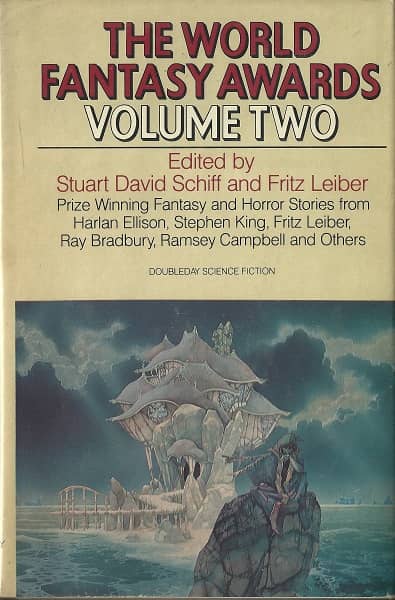Birthday Reviews: Clark Ashton Smith’s “The Maze of Maal Dweb”
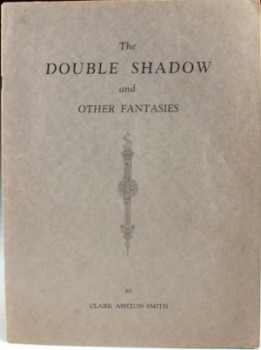
Clark Ashton Smith was born on January 13, 1893 and died on August 14, 1961. Along with H.P. Lovecraft, he was one of the major authors at Weird Tales, writing stories which were similar to the dark fantasies Lovecraft wrote.
Smith maintained a correspondence with Lovecraft for the last 15 years of Lovecraft’s life. While Lovecraft wrote about Cthulhu, Smith wrote about the far future Zothique. Smith was named the Cordwainer Smith Rediscovery Award winner in 2015.
“The Maze of Maal Dweb” first appeared in a limited edition chapbook, The Double Shadow and Other Fantasies, published by Smith in 1933. A the time the story was called “The Maze of the Enchanter.” It received its first general publication, and under its better known title, in the October 1938 issue of Weird Tales, edited by Farnsworth Wright.
Smith included it in his 1944 collection Lost Worlds and it has frequently been reprinted since, including translations into Dutch, German, French, and Italian. Maal Dweb also appeared in Smith’s story “The Flower-Women.”
“The Maze of Maal Dweb” has Tiglari working his way through a swamp to retrieve his beloved, Athlé, from the titular lord of the solar system. Despite Maal Dweb’s palace being impregnable, Tiglari has somehow managed to acquire knowledge of the dangers that lie within, so he can arm himself appropriately for his quest.
Similarly unexamined is how Maal Dweb, a recluse who is never seen by anyone except the women he orders sent to him, can successfully rule his vast domains. Similarly, the palace is seemingly unpopulated except by the petrified forms of Maal Dweb’s previous victims. Rather than a living home in which to live, Maal Dweb sits like bait in his trap, waiting for doomed adventurers to come to him.
